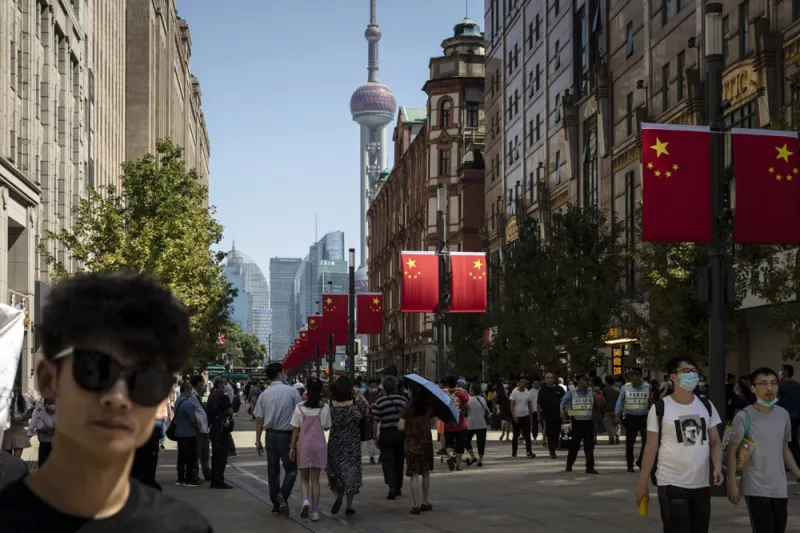From ed-tech crackdowns to the Evergrande crisis that rippled out across the Chinese real estate market, there is hardly one sector that emerged unscathed from active regulation in China this year.
The regulatory changes have also likely impacted the country’s mergers and acquisitions market, which is at its lowest point in five years. The amount of China outbound M&A activities dropped from $100 billion in 2016 to less than $20 billion in 2021, according to a report by the French investment bank Natixis. And it is unlikely to bounce back in 2022 even with the expansionary policies that the Chinese central bank implemented after the Evergrande meltdown, according to the report.
“The Chinese economy will continue to decelerate although supported by a stimulus sustained on infrastructure spending and targeted monetary easing,” Natixis said in the report. “As for China’s outbound M&A, 2021 has clearly not been a good year. 2022 brings lower growth and higher cost of funding globally, which does bode well.”
On Monday, the People’s Bank of China announced that it would cut the bank reserve requirement by 50 basis points, injecting 1.2 trilling yuan ($188 billion) into the economy as it battles with sluggish growth. But such policy easing efforts are unlikely to help China’s traditional sectors like real estate recover from the recent regulatory shocks, according to Jing Sima, chief China strategist at II’s sister company BCA Research. Because more sectors are now under the close watch of Chinese authorities, M&A players “don’t know what the directions are or what sectors would be impacted next,” Sima added.
According to Natixis, “the strategical push for common prosperity and data sovereignty/party control have posed regulatory challenges to some key sectors, such as technology and education.”
The average size of China’s overseas M&A deals is at low levels, too. It declined from the peak level of $500 million in 2017 to a bit over $200 million in the first half of 2021, according to the Natixis report. While the United States was one of the top destinations of China’s outbound M&A deals five years ago, it gave way to European countries due to rising U.S.-China tensions. The top industrial sectors that have attracted the largest number of M&A deals include chemicals and materials, industrial, and energy, all of which are mostly owned by Chinese state-owned enterprises, according to the report.
BCA’s Sima said “a mix of geopolitical headwinds and China’s zero-Covid policy” have hampered growth in merger and acquisition activities. While other Asian countries, such as Singapore and Vietnam, have relaxed their approaches to contain the coronavirus, China still heavily restricts cross-border mobility and discourages domestic investors from striking international deals, according to the Natixis report.
“U.S. pressure on China is not over,” the report said. “Even if we have entered a de-risking phase, there is still a higher risk of trade, investment, or tech selective decoupling.”







